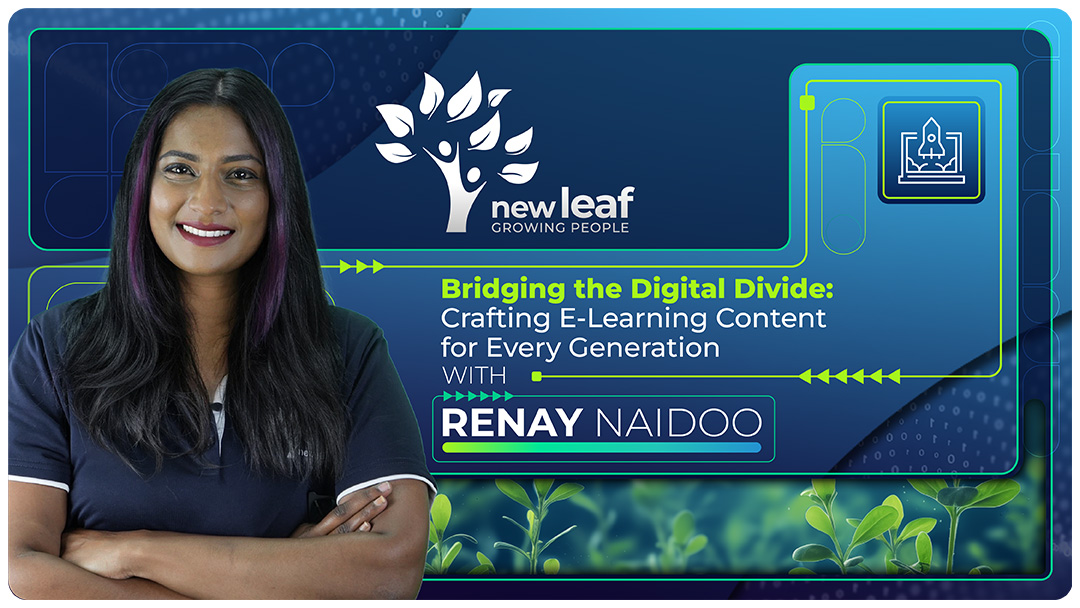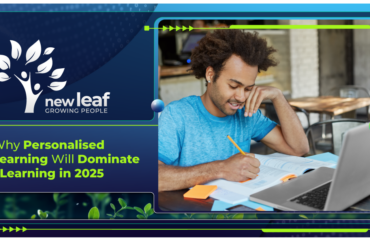
In the fast-paced world of eLearning, where knowledge knows no bounds and education is just a click away, one challenge looms large: the generation gap. As businesses and educational institutions embrace digital platforms to deliver learning experiences, they must navigate the diverse needs and preferences of learners spanning multiple generations. From Baby Boomers to Gen Z, each generation brings its own set of expectations, learning styles, and technological fluency to the table.
Understanding Diverse Learning Preferences
Firstly, it’s essential to recognize that each generation has unique learning preferences shaped by their life experiences and technological upbringing. Baby Boomers, for example, may prefer structured, text-based content with clear objectives and step-by-step instructions. On the other hand, Generation X might appreciate a blend of multimedia elements, such as videos and interactive simulations, to keep them engaged and motivated. Millennials and Gen Z, who are the true digital natives, crave dynamic, bite-sized content that they can consume on the go, preferably through mobile devices or social media platforms.
Strategies for Multi-Generational eLearning
But here’s the kicker: creating eLearning content that caters to multiple generations doesn’t have to be a mammoth task. It’s all about striking the right balance and employing various strategies to meet learners’ diverse needs. At New Leaf Technologies, we understand the importance of tailoring content for different age groups, and we’ve got a few tricks up our sleeves to keep learners of all ages engaged and empowered.
Multi-Modal Content Delivery
One strategy is to embrace a multi-modal approach to content delivery, offering a blend of learning materials, videos, animations, and interactive activities to cater to different learning preferences. Learners can choose the format that best suits their needs and preferences by providing equitable options, ensuring a more personalized and effective learning experience.
Accessibility for All Learners
Another key consideration is accessibility. While younger generations may be tech-savvy and comfortable navigating complex digital interfaces, older learners may require additional support and guidance. Designing eLearning experiences with intuitive navigation, clear instructions, and a user-friendly interface will bridge the digital divide and ensure that learners of all ages can access and engage with the content effortlessly.
Gamification for Engagement
Also, incorporating gamification elements, such as quizzes, badges, and leaderboards, can add an element of fun and competition to the learning process, appealing to learners of all ages and motivating them to stay on track and achieve their goals.
Creating Inclusive eLearning Experiences
In conclusion, addressing the generation gap in eLearning is not just about creating content, it’s about creating experiences that resonate with learners of all ages, backgrounds, and skill levels. By embracing diversity, employing a multi-modal approach, and prioritizing accessibility and engagement, eLearning content creators can bridge the digital divide and empower learners to succeed in the digital age.
So, let’s roll up our sleeves, embrace the challenge, and craft eLearning experiences that inspire, educate, and transform. After all, learning knows no age limits, and with the right approach, we can empower learners of all generations to thrive in the ever-evolving world of eLearning. As the saying goes, “You grow old when you stop learning”. Even Einstein is reported to have said, “Once you stop learning, you start dying”. Don’t accept not knowing and never stop learning!




